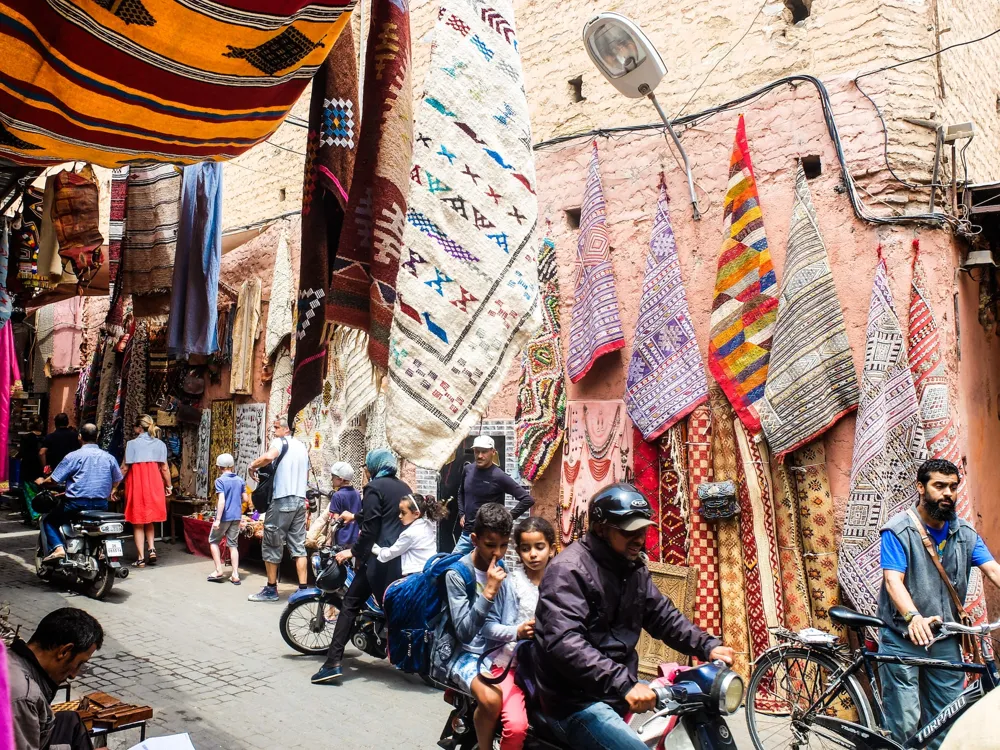The Church of St. Augustine in Goa stands as a monumental testament to the remarkable history and cultural fusion of this region. Established by the Augustinian friars around 1572, this church has since become a beacon of architectural grandeur and religious significance in India. Its location in Old Goa, a UNESCO World Heritage Site, further adds to its historical importance. Spanning over centuries, the Church of St. Augustine's history is a tapestry woven with tales of colonial power, religious fervor, and eventual abandonment and decay. Initially constructed with the zeal of the Portuguese colonial mission, the church flourished as a center of spiritual and community life. However, the decline of Portuguese power and subsequent neglect led to its partial collapse in 1842. Today, the remnants of the church, especially the towering bell tower, stand as a poignant reminder of the transient nature of human endeavors against the backdrop of time. The church's story is not just about its physical structure but also about the socio-cultural impact it had on Goa. It was an integral part of the spread of Christianity in the region, shaping the religious landscape that is still evident today. The Church of St. Augustine thus embodies a crucial piece of Goa's rich history, attracting historians, architects, and tourists alike. The architecture of the Church of St. Augustine is a masterpiece that showcases the blend of Gothic and Baroque styles, characteristic of the Portuguese colonial era. The church was originally constructed with four altars, eight chapels, and a convent attached, reflecting the grandeur of its time. The most striking feature of the church is its magnificent tower that stands at 46 meters high. This tower, visible from various points in Goa, was once a belfry and is now the most enduring symbol of the church. Attention to detail in the architectural design is evident in the intricately carved columns, arches, and frescoes that once adorned the walls. The church's layout was designed to create a sense of awe and spiritual upliftment. Despite its current state of ruin, the remnants of these elements provide a window into the church's past splendor. The blending of architectural styles in the Church of St. Augustine is not just an aesthetic choice but also a representation of the cultural fusion that occurred in Goa under Portuguese rule. This fusion is evident in the amalgamation of European and local Indian architectural elements, creating a unique style that is distinct to Goan churches. Visitors should dress modestly out of respect for the church's religious significance. It's recommended to avoid overly casual attire like shorts and tank tops. Photography is allowed, but it's important to be mindful and respectful. Avoid using flash inside as it can be disruptive. Consider hiring a guide or doing some research beforehand to fully appreciate the church's rich history and architectural details. Plan your visit during daylight hours for better visibility of the ruins and for safety reasons. Check local timings as they can vary. The Church of St. Augustine is located in Old Goa, easily accessible by various means of transportation. The nearest airport is the Goa International Airport, from which you can hire taxis or take buses to reach Old Goa. For those preferring public transport, numerous buses run regularly to Old Goa from major cities. Additionally, renting a bike or a car is a popular option among tourists for its convenience and the freedom it offers to explore the area at one's own pace. Read More: Overview of the Church Of St. Augustine in Goa
Architecture of Church Of St. Augustine
Tips When Visiting Church Of St Augustine
Dress Appropriately
Photography Etiquette
Explore with Context
Visit Timing
How To Reach Church Of St. Augustine
Church Of St Augustine
Goa
NaN onwards
View goa Packages
Weather :
Tags : Buddhist Temple
Timings : 8:30 AM - 5:30 PM
Entry Fees : Free
Planning a Trip? Ask Your Question
Goa Travel Packages
View All Packages For Goa
Top Hotel Collections for Goa

Private Pool

Luxury Hotels

5-Star Hotels

Pet Friendly
Top Hotels Near Goa
Other Top Ranking Places In Goa
View All Places To Visit In goa
View goa Packages
Weather :
Tags : Buddhist Temple
Timings : 8:30 AM - 5:30 PM
Entry Fees : Free
Planning a Trip? Ask Your Question
Goa Travel Packages
View All Packages For Goa
Top Hotel Collections for Goa

Private Pool

Luxury Hotels

5-Star Hotels

Pet Friendly






















